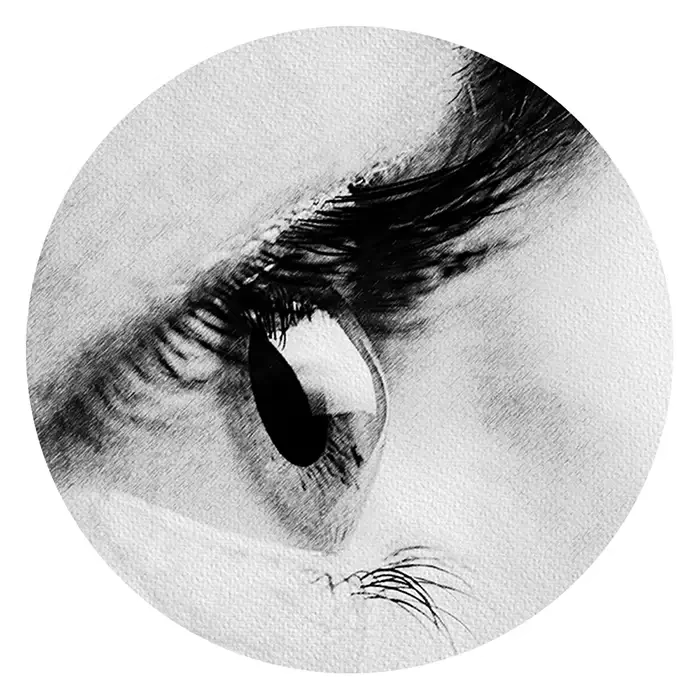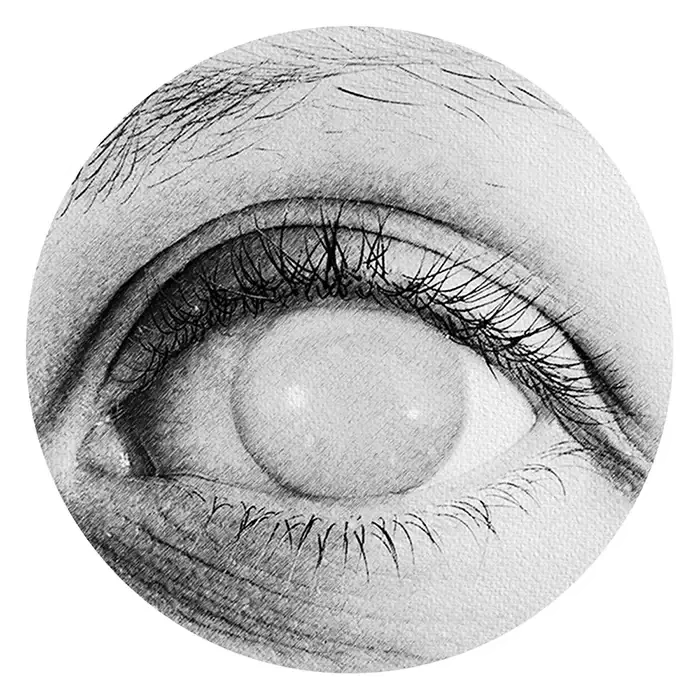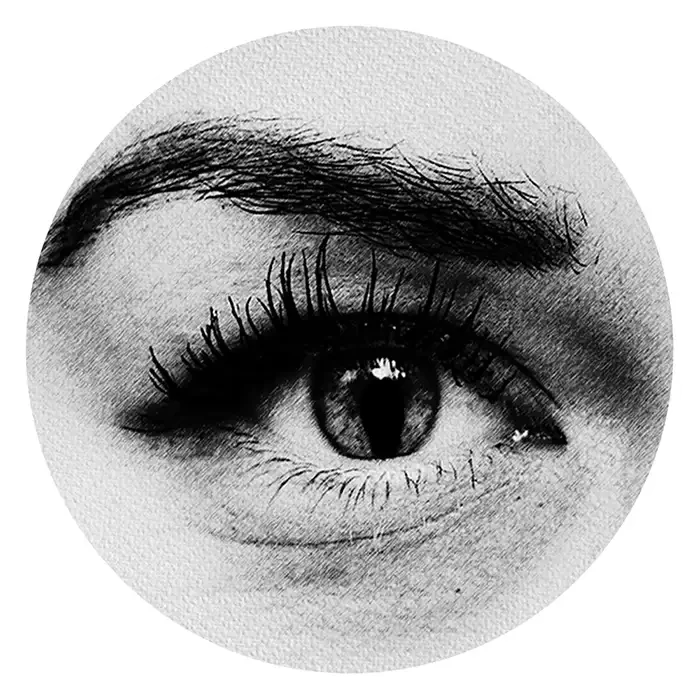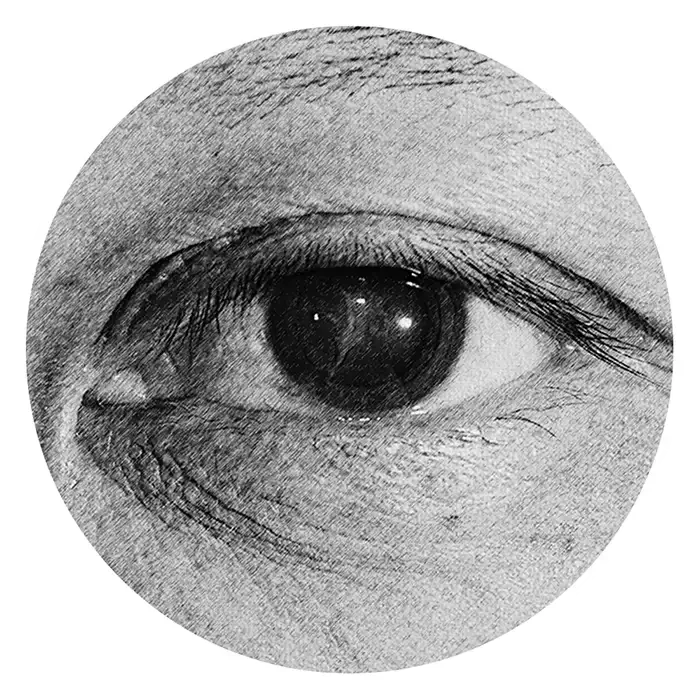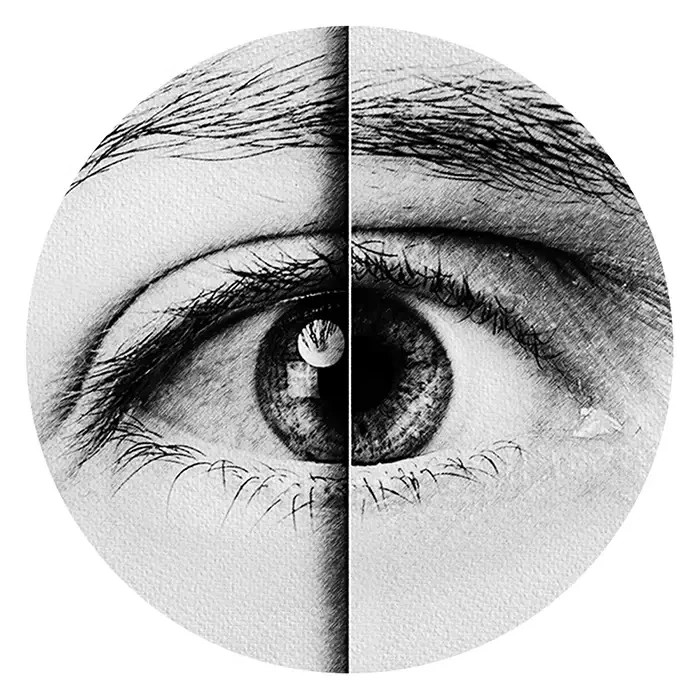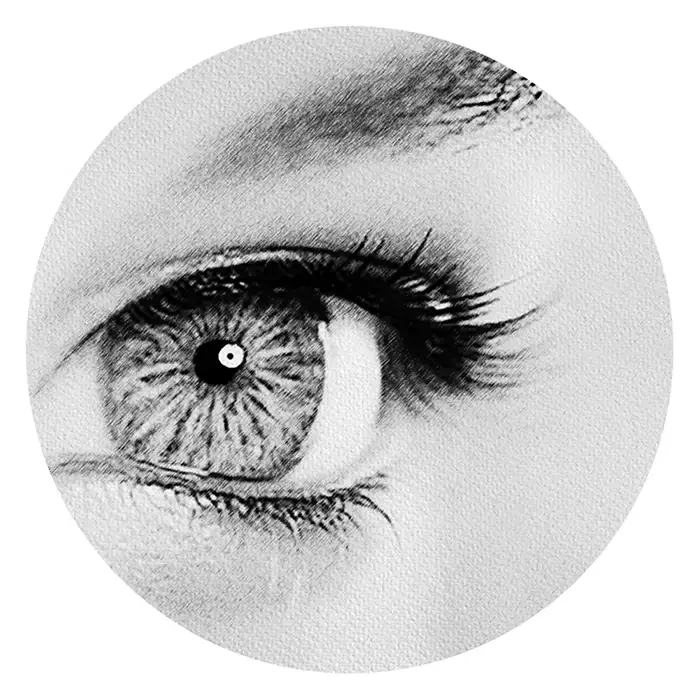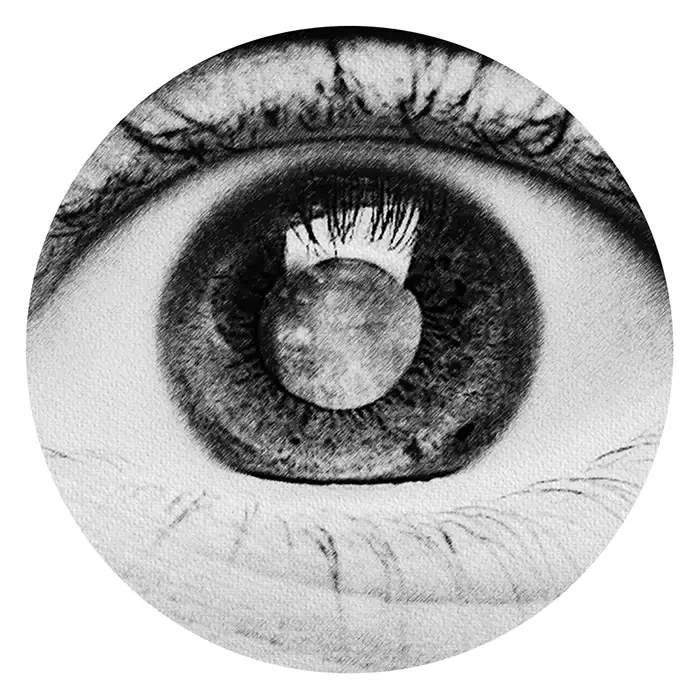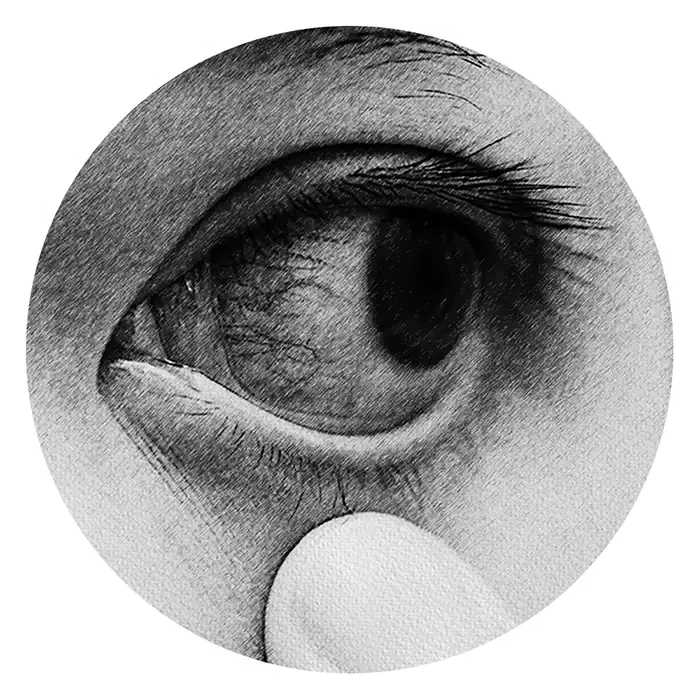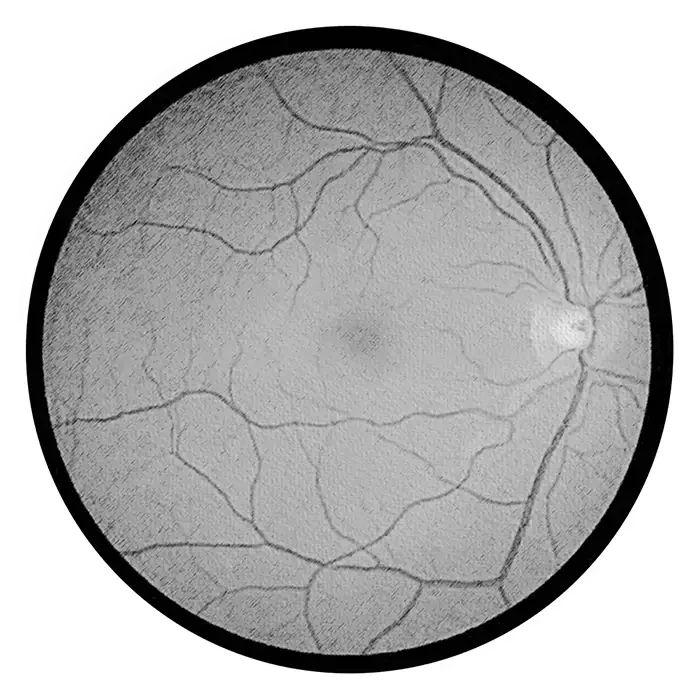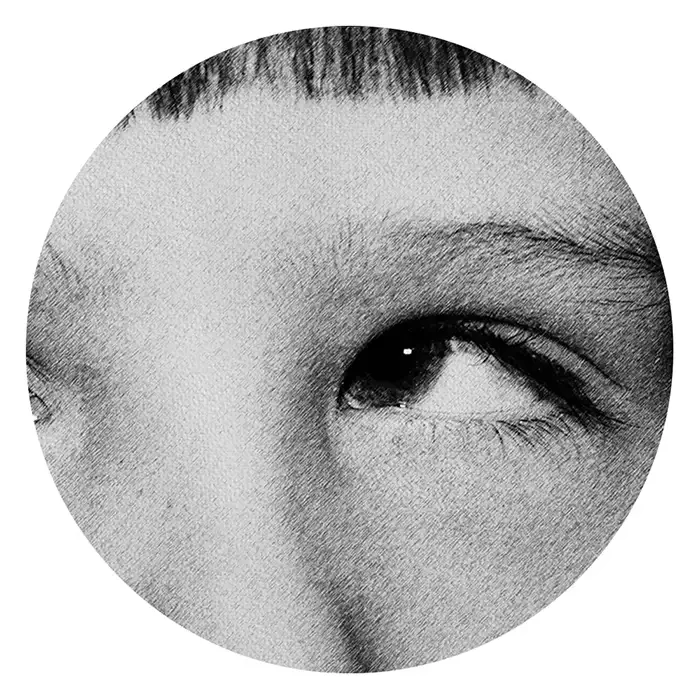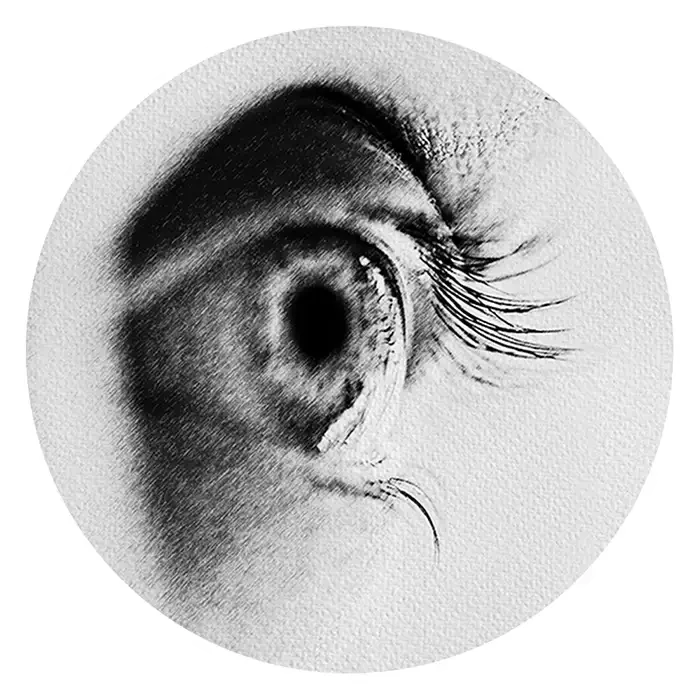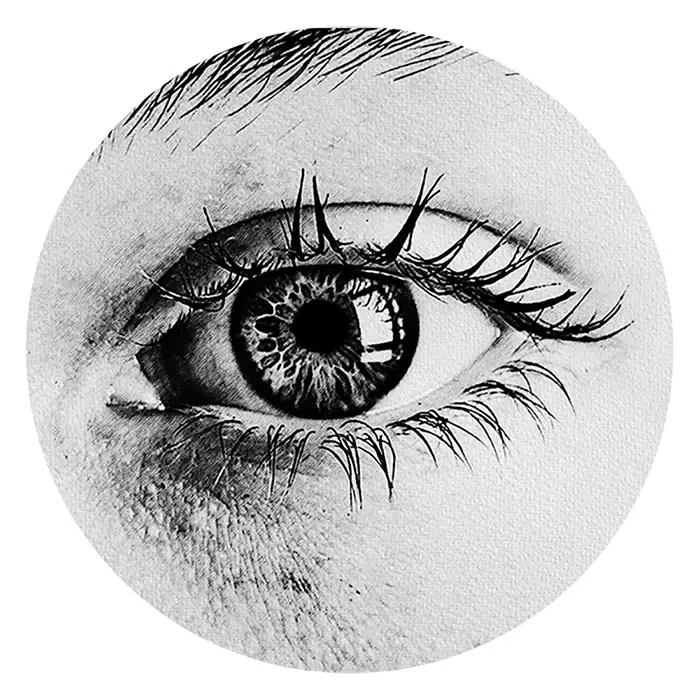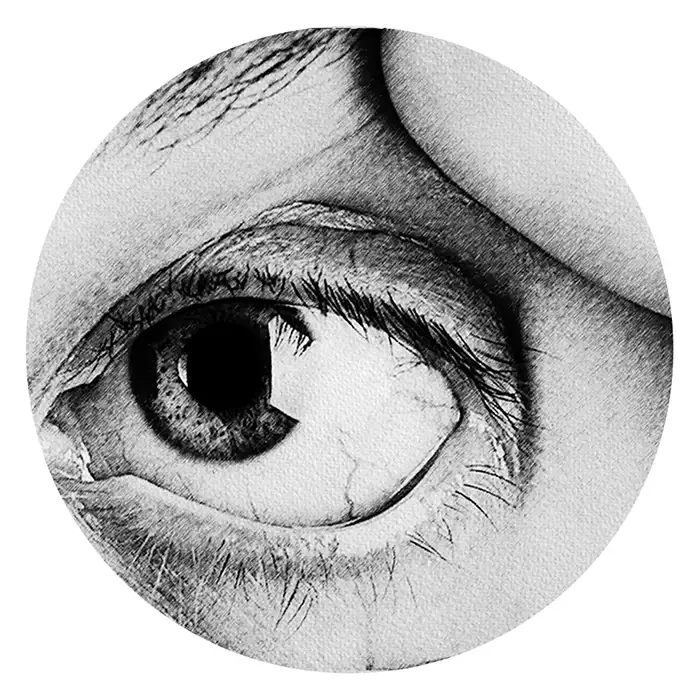Sources Program #1: MACULAR and related Eye Disorder Groups
Macular eye disorders encompass a group of conditions that affect the macula, a small but crucial area near the center of the retina responsible for sharp, central vision. These disorders can have significant implications for vision and overall quality of life. Common macular disorders include age-related macular degeneration (AMD), Best disease, interstitial keratitis, pattern dystrophy, scotoma, and Stargardt disease, among others.
The Retyne Program #1 for Macular Eye Disorders is a comprehensive frequency therapy program specifically designed to address a variety of macular conditions using targeted frequencies delivered through the Retyne Lightmask . This program aims to promote macular health, preserve central vision, and alleviate symptoms associated with macular disorders.
For optimal utilization of the Retyne Macular Eye Disorders program, individuals should position the Retyne eye mask on their head, aligning the invisible infrared ellipse area with the eyes. This configuration facilitates the administration of specific frequency sets for macular disorders via themask 's infrared light interface.. These frequencies penetrate the ocular structures, targeting the underlying causes of the disorders and promoting cellular regeneration and repair.
Age-related macular degeneration (AMD) is one of the most prevalent macular disorders, characterized by the gradual deterioration of the macula, leading to central vision loss. The Retyne Program #1 includes frequency sets tailored to address the underlying factors contributing to AMD, such as oxidative stress, inflammation, and impaired retinal function. By targeting these factors, the Retyne program aims to slow the progression of AMD and preserve remaining vision.
Best disease, also known as Best vitelliform macular dystrophy, is a rare inherited disorder characterized by the accumulation of lipofuscin deposits in the macula, leading to central vision loss. The Retyne program includes frequency sets designed to promote macular health, reduce lipofuscin accumulation, and preserve visual function for individuals with Best disease.
Interstitial keratitis is inflammation of the cornea's layers, often caused by infections or autoimmune conditions, leading to scarring and vision loss. The Retyne program addresses interstitial keratitis by targeting inflammation, promoting corneal healing, and preserving visual acuity for affected individuals.
Pattern dystrophy encompasses a group of inherited retinal disorders characterized by abnormal deposits in the macula, leading to central vision loss. The Retyne program includes frequency sets tailored to address the underlying genetic factors contributing to pattern dystrophy, promoting macular health, and preserving visual function.
Scotoma refers to a blind spot in the visual field, often associated with conditions affecting the macula or optic nerve. The Retyne program aims to reduce the size and impact of scotomas by promoting retinal health, enhancing visual processing, and optimizing visual acuity for affected individuals.
Stargardt disease is an inherited retinal disorder characterized by the progressive degeneration of the macula, leading to central vision loss. The Retyne program includes frequency sets designed to address the underlying genetic mutations associated with Stargardt disease, promote macular health, and preserve remaining vision for affected individuals.
Overall, the Retyne Macular Eye Disorders program offers a non-invasive and complementary approach to managing a variety of macular conditions, including AMD, Best disease, interstitial keratitis, pattern dystrophy, scotoma, and Stargardt disease. By harnessing the power of targeted frequency therapy, this program aims to promote macular health, preserve central vision, and enhance overall well-being for individuals affected by macular eye disorders.
The Retyne Mask is equipped with a Standard Controller upon shipment, containing 50 frequencies organized into 5 distinct Groups:
For Macular and other related disorders, the Retyne mask employs Program #1, categorized as a "General" Group, compatible with themask 's accompanying Controller. The following list enumerates these disorders, along with brief justifications for their inclusion in Program #1. This Group encompasses specific frequencies or frequency ranges deemed optimal for treating the respective eye disorders.
Bioresonance testing and research have identified specific frequencies within Program #1 that demonstrate efficacy in treating a diverse range of eye disorders, despite their seemingly unrelated nature. As a result, certain eye disorder frequencies within Program #1 have been included to accommodate these shared frequency characteristics.
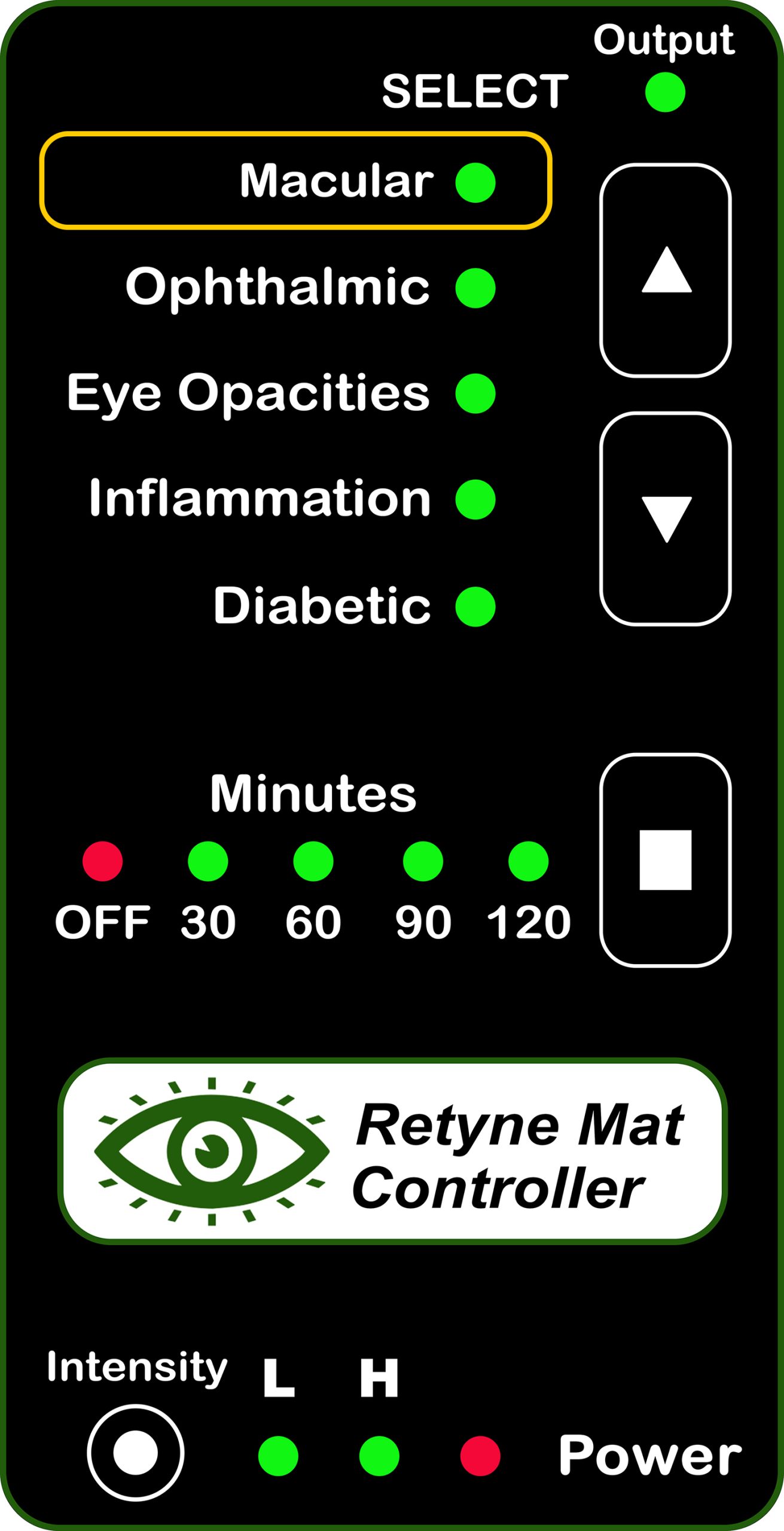
Some Program #1 eye disorders consist of multiple symptoms, so can be used in conjunction with one of the other 4 available controller programs, or use a specific group with the RDPV4 machine. This group may be marked “Specific Group” or “Alternate Group” and the program can be accessed through the menu on the RDPV4 machine. The Retyne Light mask can be directly connected to the RDPV4 machine to utilize Specific Group settings, eliminating the need for the controller.
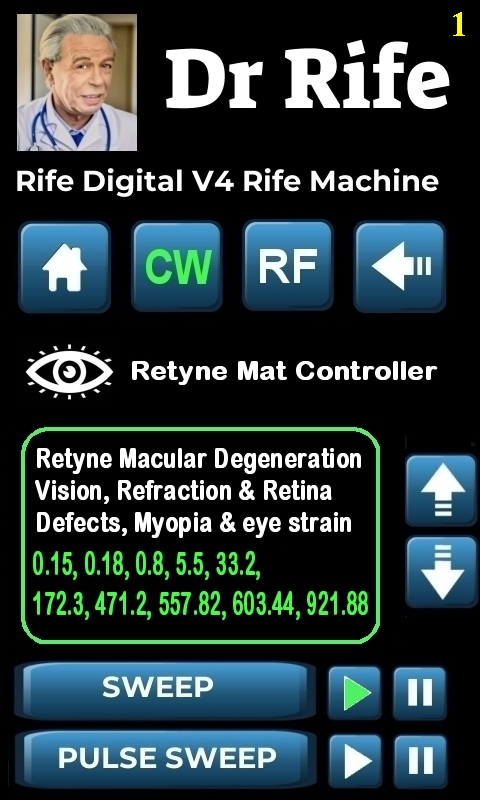
Eye disorders appropriate for categorization in Group #1 Program
Note: Some Program #1 eye disorders consist of multiple symptoms, so can be used in conjunction with one of the other 4 available controller programs. This will be indicated where necessary. For further details on utilizing multiple programs with the Retyne device, please refer to the "How to Use the Retyne" page.
- Age-related macular degeneration (AMD): Gradual deterioration of the macula affecting central vision.
- Best Disease: Inherited retinal disorder causing central vision loss.
- Birdshot Chorioretinopathy: Chronic inflammation of the choroid and retina.
- Central Serous Chorioretinopathy: Fluid accumulation under the retina causing vision distortion.
- Geographic atrophy: Progressive loss of retinal pigment epithelium leading to central vision loss.
- Interstitial Keratitis: Inflammation of corneal layers causing vision impairment.
- Keratitis: Inflammation of the cornea.
- Macular Degeneration: Degenerative disease affecting the macula.
- Macular hole: Small break in the macula causing blurred or distorted vision.
- Malattia Leventinese: Inherited retinal dystrophy affecting central vision.
- Microcornea: Abnormally small cornea.
- Microphthalmia: Abnormally small eyeball.
- Myopic Macular Degeneration: Degeneration of the macula in nearsighted individuals.
- Neovascular AMD: Abnormal blood vessel growth under the retina.
- Pattern Dystrophy: Inherited retinal disorder characterized by abnormal deposits in the macula.
- Retinal Artery Occlusion: Blocked blood flow to the retina causing sudden vision loss.
- Scotoma: Blind spot in the visual field.
- Snowflake Degeneration: Age-related changes in the retina resembling snowflakes.
- Stargardt Disease: Inherited juvenile macular degeneration leading to central vision loss.
* Program 1 is a shared category denoting interconnectedness and co-listings with other eye disorders, potentially sharing frequencies to facilitate comprehensive treatment across distinct categories
